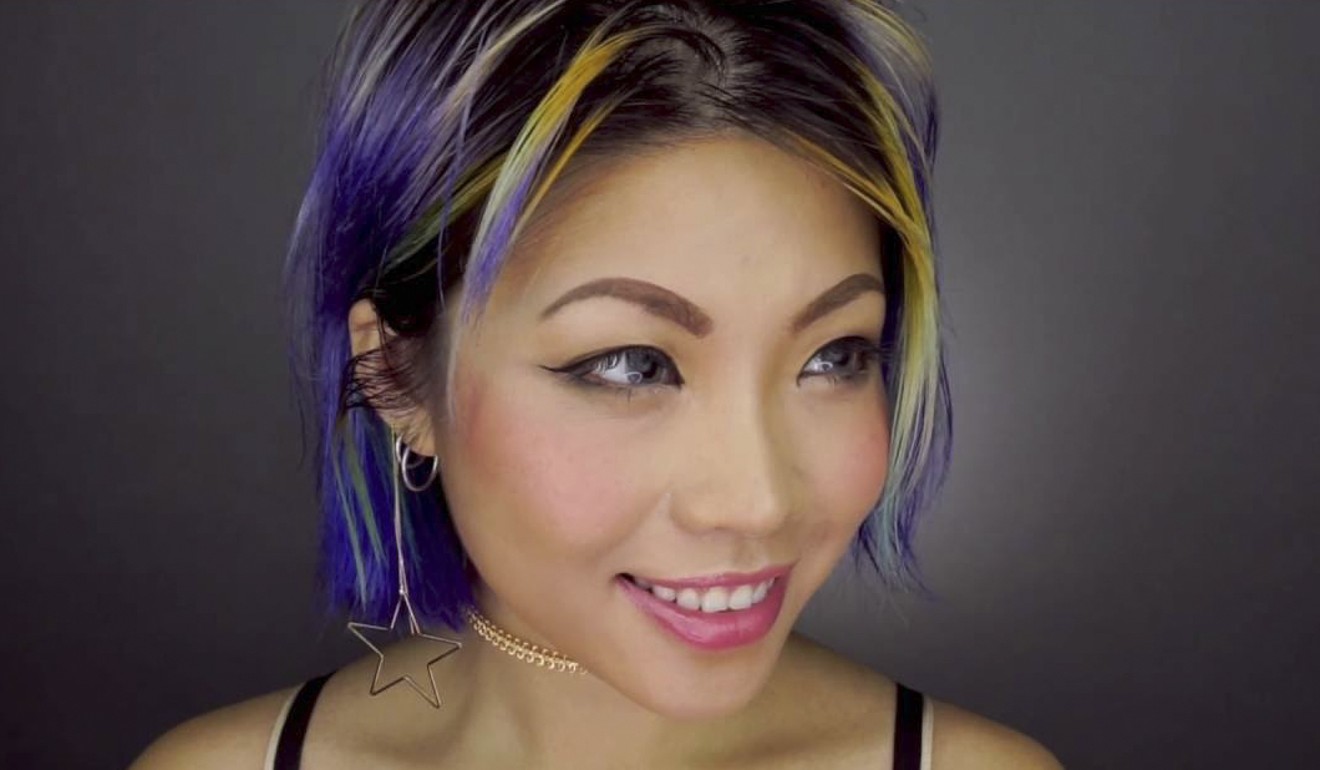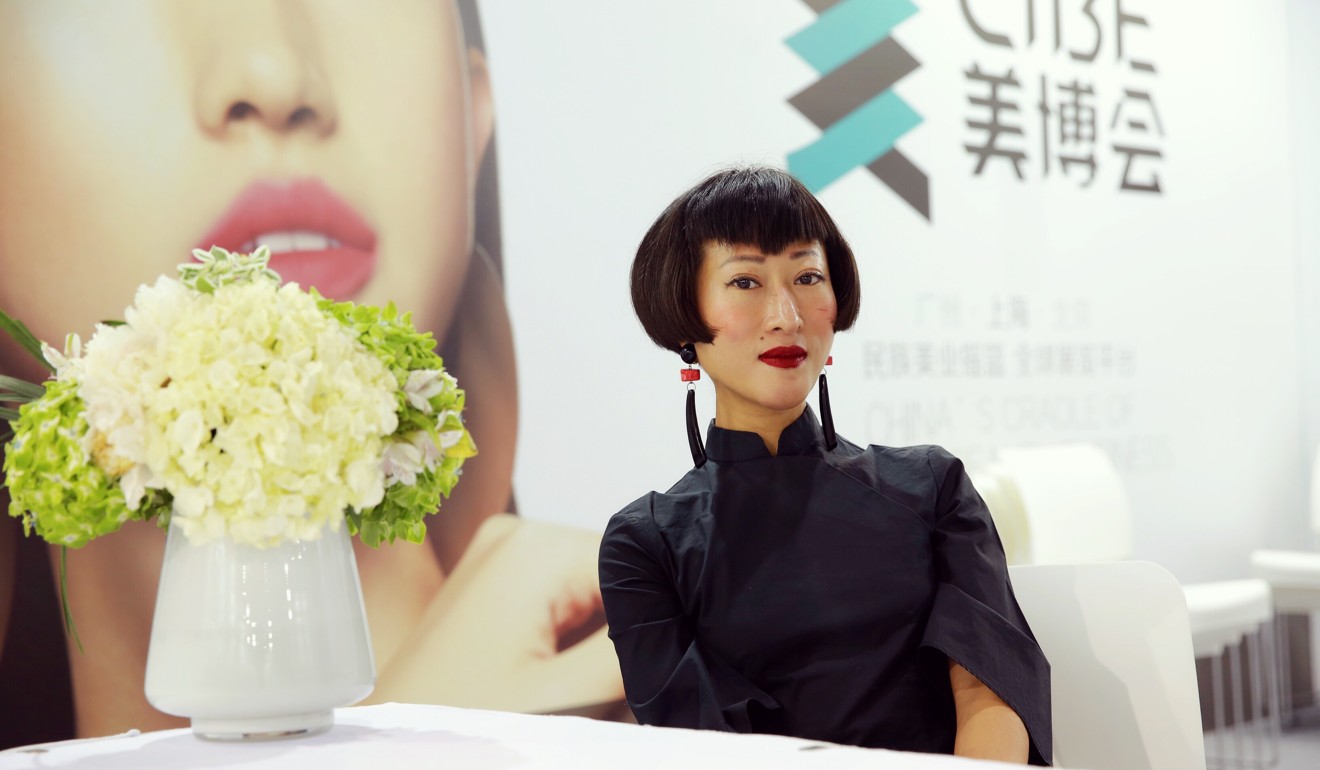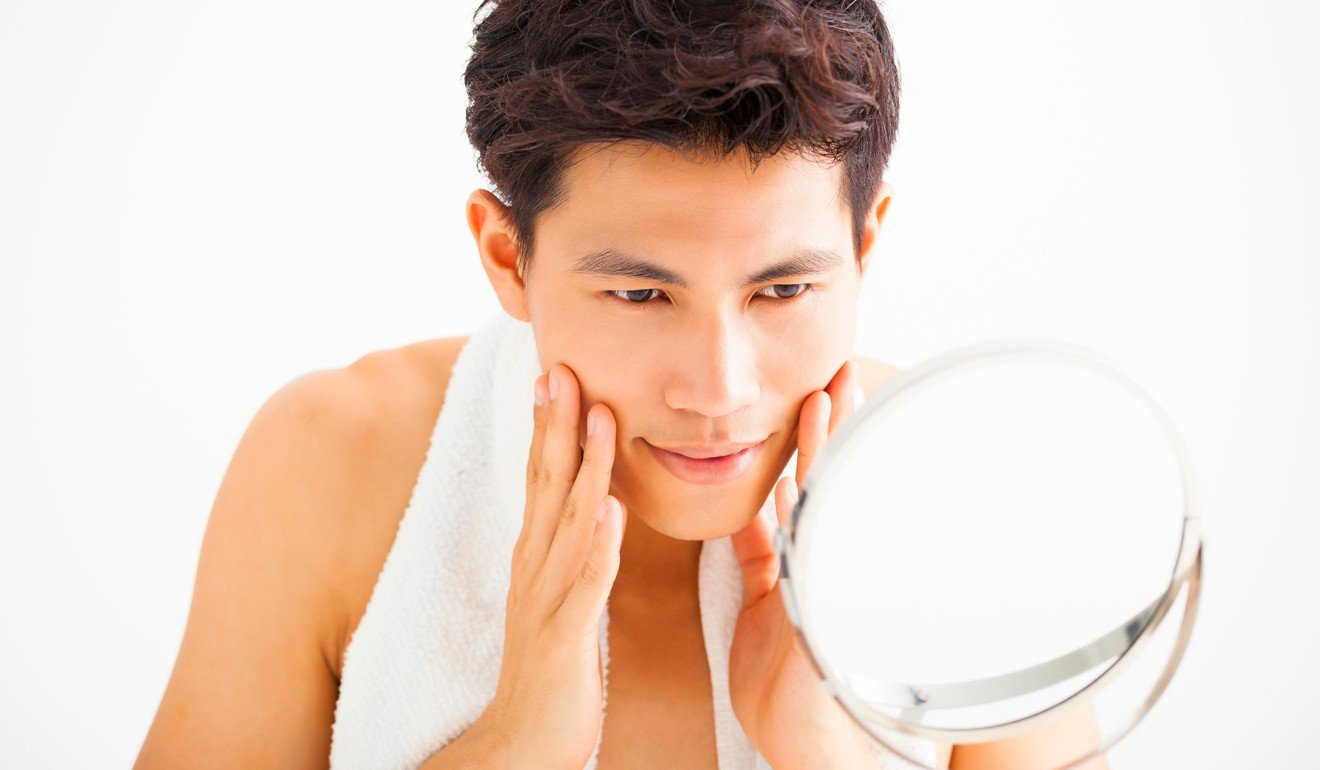
China’s beauty trends: KOLs, organics, more make-up, and men
Chinese live-streaming platforms inform hundreds of millions of consumers - including growing numbers of men - who are buying more premium and organic cosmetics

Beijing-based make-up artist Melilim Fu is one of Sina Weibo’s top vloggers, known to hundreds of thousands of followers for her colourful style and short tutorials. She is part of a new breed of beauty influencers, commonly called “KOLs” ((key opinion leaders) in China, who are driving an eco-system of hundreds of live-streaming platforms and informing an audience of hundreds of millions of young Chinese consumers – both men and women – about skincare and cosmetic products.
“Live streaming provides an opportunity to interact with products before purchase. It’s becoming a baseline form of research, just like comment reviews,” says Fu.
Although China’s economy has cooled in recent years, there has been no slowing of the beauty sector, with data from Global market intelligence publisher Euromonitor showing total retail sales of skincare products and make-up products in China reaching 169.1 billion yuan (US$25 billion) and 28.3 billion yuan respectively in 2016, year-on- year growth of 5 per cent and 12 per cent respectively.

According to Fu, China’s beauty consumers are still evolving and searching for what suits them and their individual lifestyles.
Chinese millennials – all 415 million of them – belong to the first generation of consumers in China for whom individuality outweighs conformity, which is leading to a change in the products people are buying and how they are using them.
“Chinese girls use make-up because girls want to be more beautiful, but it’s not part of their ‘style’ or identity,” Fu says. “Eventually, Chinese girls will create looks that are their own and differentiated from other countries. We will also see make-up, beauty, and fashion becoming a part of creating unique identities.”

“We’ve estimated that in 2017, 70 per cent of mainland buyers will be looking for organic beauty products, which is an 8.9 per cent increase from 2016,” she says.
As for men, in a recent HKTDC survey of Chinese beauty consumers, 63 per cent of male respondents reported using cleansing milk, lotion or face cream. China’s gender ratio has been skewed by a traditional preference for boys, exacerbated by the one-child policy. The result has been an estimated 24 million to 34 million more men than women born in the country over the past 30 years. By 2030, projections suggest more than 25 per cent of Chinese men in their late 30s will never have married
“If you look at single men, they have disposable income, they are starting to look at how to style themselves, they work out, they go out in different social situations and they want to look their best,” says Lin, adding that as the beauty industry in China turns its attention to male consumers, they also need to be aware that purchasing behaviour among men is very different to that of women.

Following Korea’s lead – where men embrace beauty products and cosmetic surgery – Chinese men will be looking for cosmetic products such as foundation and concealer as well.
According to Euromonitor, the overall growth rate of premium brands reached 10 per cent in current value terms, or double the growth among mass brands, which stood at 5 per cent.
China’s booming e-commerce sector is opening the door for many premium brands to reach deep into China’s heartland without the expense of bricks-and-mortar retail. In 2016 and 2017, premium brands such as Guerlain, Cle de Peau, Fresh, Kiehl’s, Amorepacific’s Hera and Shiseido’s Elixir brands have all opened flagship stores on e-commerce giant Tmall.
A major beneficiary of this trend was Estee Lauder (a group that owns brands including La Mer, Bobbi Brown, Origins and Clinique). Its recently released full-year sales climbed faster in China than in any other market, with strong double-digit retail sales growth, and a doubling of its online business.
“Historically, the Chinese beauty market was driven by skincare, but in recent years we’ve seen Chinese consumers become increasingly passionate about make-up, too. Lipstick has become an affordable luxury item, while innovations such as Face Cushion are becoming very popular,” says Estée Lauder’s Asia-Pacific president Fabrice Weber.
“Beauty growth in China is driven by prestige. Millennial consumers are eager to have the best, they don’t want to settle for what’s average, and as soon as they can stretch themselves, they will opt for higher quality and better performance.”